(NLDO) - Scientists have successfully recreated a 6.3 m long monster from a fragmented fossil skeleton excavated in Coahuila state - Mexico.
A study led by Dr. Héctor Rivera-Sylva from the Desert Museum (Mexico) and Dr. Nicholas Longrich from the University of Bath (UK) has identified a new species of beast that roamed North America 72.5 million years ago.
Previously, a part of the skeleton of this monster was found in the Campanian rocks in Coahuila state - Mexico.
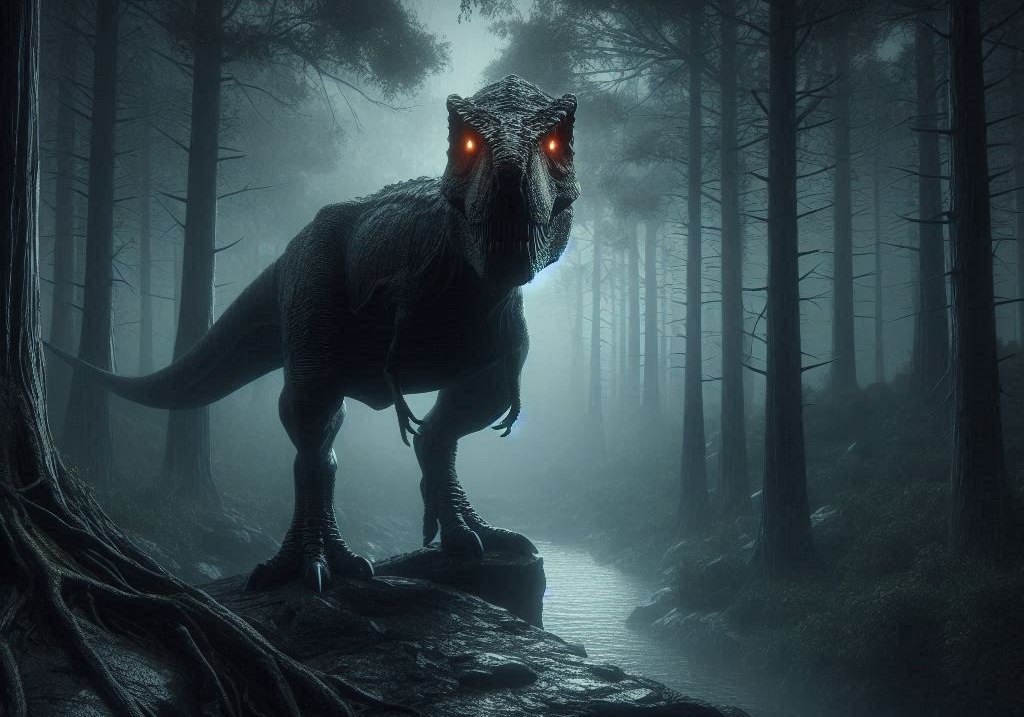
A monster skeleton in Mexico has revealed a previously unknown "meat grinder" - Illustration AI: ANH THU
The Campanian is the last geological layer of the Late Cretaceous, the end of the Cretaceous period, which was also the boom period of many dinosaur species.
Named Labocania aguillonae, the beast was an ancient predator with the distinctive shape of a theropod dinosaur and a relative of the T-rex.
According to an article published in the scientific journal Fossil Studies, this monster was about 6.3 meters long when it was alive, which is relatively smaller than T-rex.
Some anatomical features have helped scientists identify the beast as a previously unrecorded species. However, other features indicate it is a close relative of several tyrannosaurs in the region, such as Labocania anomala, Bistahieversor sealeyi, and Teratophoneus curriei.
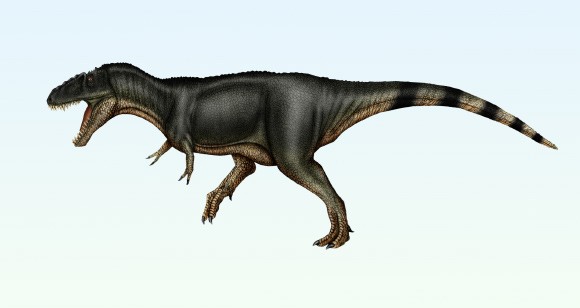
Portrait of a new monster species recreated by the research team - Graphic photo: Karkemish
This skeleton has contributed to showing that in the land that is now Mexico, the tyrannosaur family thoroughly dominated the food chain by evolving into many separate species and branches.
The new discovery makes scientists more confident that there may be many more species of tyrannosaurs that have not yet been discovered in the southern region of the North American continent.
Additionally, this helps to show how rapidly this fearsome dinosaur clan evolved during the late Cretaceous period.
About 100 to 89 million years ago, tyrannosaurs were relatively small, unspecialized, and poorly diversified.
However, by the Campanian stage – which began 83 million years ago – they had undergone a major divergence, diversifying and giving rise to larger, more specialized forms.
Perhaps this group of dinosaurs would have been even more terrifying if it weren't for the Chicxulub asteroid disaster 66 million years ago, which abruptly ended the age of dinosaurs right when they were in the golden age of evolution.
Source: https://nld.com.vn/quai-thu-may-nghien-725trieu-tuoi-la-loai-chua-tung-biet-196240928092631555.htm



![[Photo] The Standing Committee of the Organizing Subcommittee serving the 14th National Party Congress meets on information and propaganda work for the Congress.](https://vphoto.vietnam.vn/thumb/1200x675/vietnam/resource/IMAGE/2025/11/19/1763531906775_tieu-ban-phuc-vu-dh-19-11-9302-614-jpg.webp)






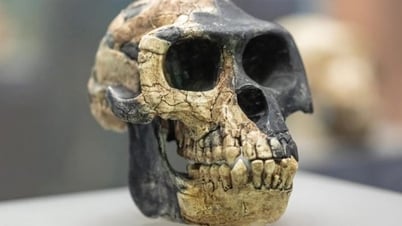

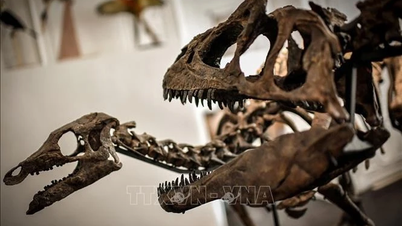
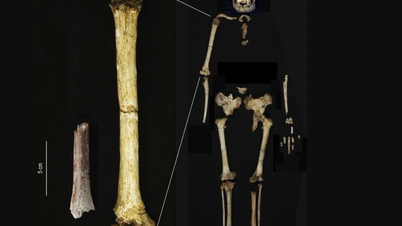
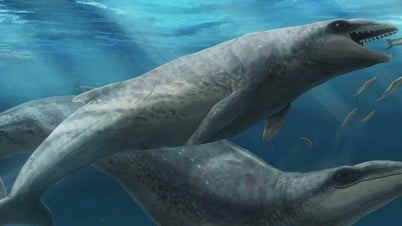

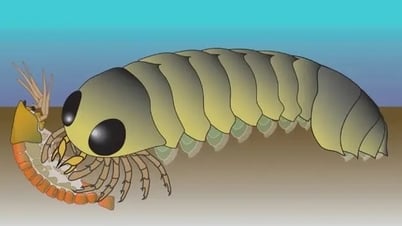







![[INFOGRAPHIC] Political career of former Bangladeshi Prime Minister sentenced to death](https://vphoto.vietnam.vn/thumb/402x226/vietnam/resource/IMAGE/2025/11/19/1763554115072_thumb-cuu-thu-tuong-bangladesh-1-jpg.webp)
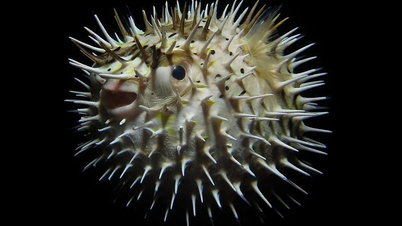










![[Photo] General Secretary To Lam receives Slovakian Deputy Prime Minister and Minister of Defense Robert Kalinak](https://vphoto.vietnam.vn/thumb/1200x675/vietnam/resource/IMAGE/2025/11/18/1763467091441_a1-bnd-8261-6981-jpg.webp)
![[Photo] Prime Minister Pham Minh Chinh and his wife meet the Vietnamese community in Algeria](https://vphoto.vietnam.vn/thumb/1200x675/vietnam/resource/IMAGE/2025/11/19/1763510299099_1763510015166-jpg.webp)


































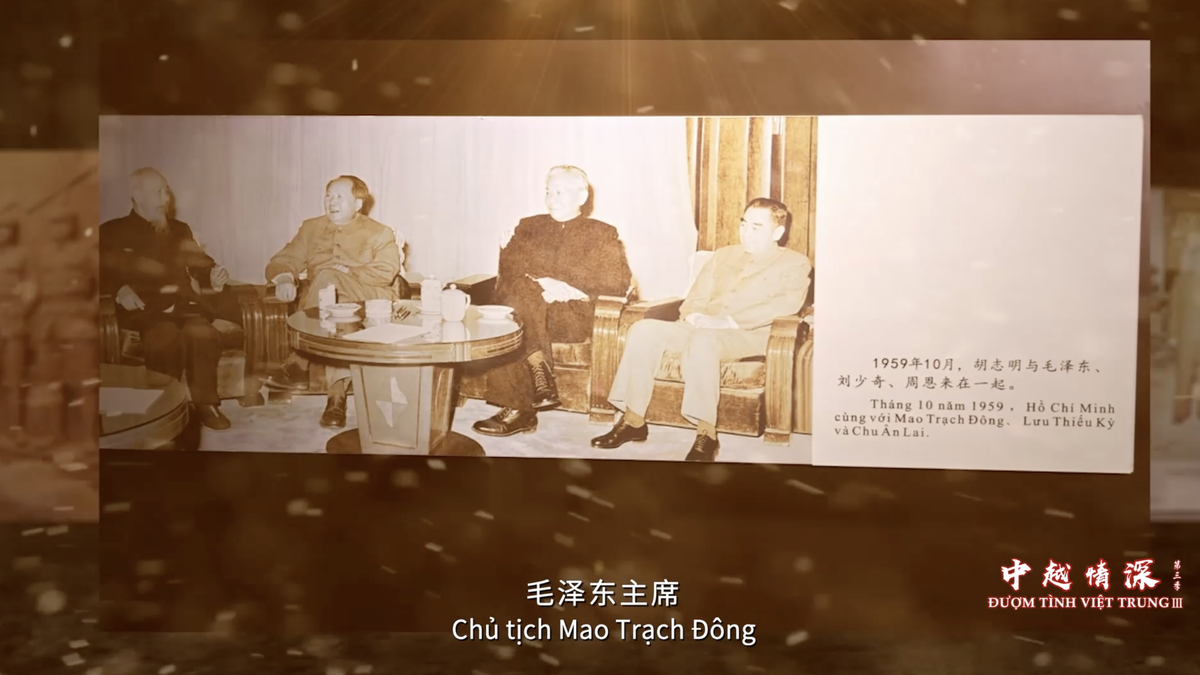









































Comment (0)